Saghar Irandoust
JigsawPlan: Room Layout Jigsaw Puzzle Extreme Structure from Motion using Diffusion Models
Nov 24, 2022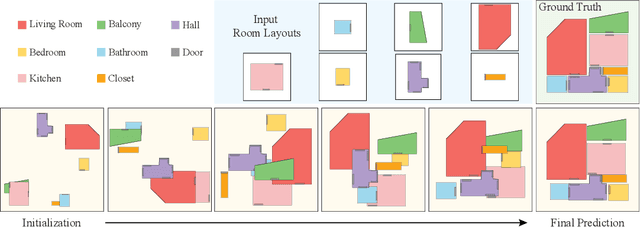

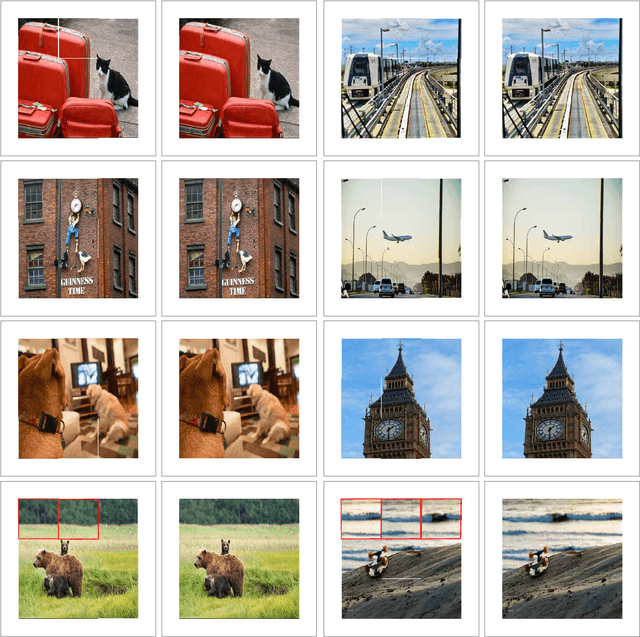
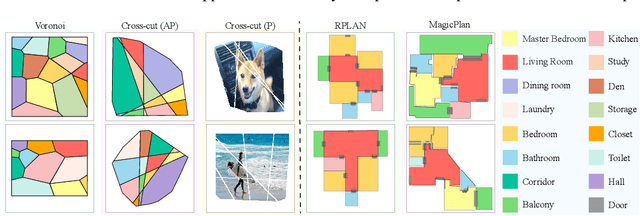
Abstract:This paper presents a novel approach to the Extreme Structure from Motion (E-SfM) problem, which takes a set of room layouts as polygonal curves in the top-down view, and aligns the room layout pieces by estimating their 2D translations and rotations, akin to solving the jigsaw puzzle of room layouts. The biggest discovery and surprise of the paper is that the simple use of a Diffusion Model solves this challenging registration problem as a conditional generation process. The paper presents a new dataset of room layouts and floorplans for 98,780 houses. The qualitative and quantitative evaluations demonstrate that the proposed approach outperforms the competing methods by significant margins.
Training a Vision Transformer from scratch in less than 24 hours with 1 GPU
Nov 09, 2022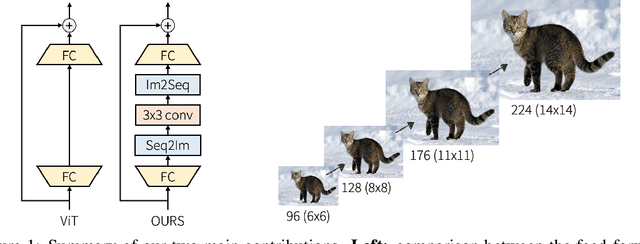

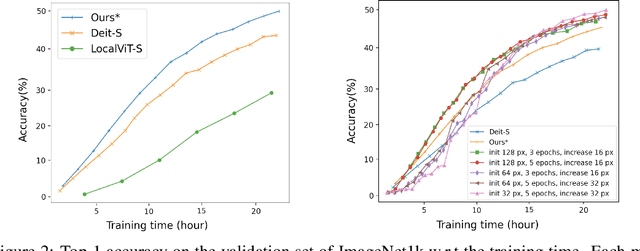
Abstract:Transformers have become central to recent advances in computer vision. However, training a vision Transformer (ViT) model from scratch can be resource intensive and time consuming. In this paper, we aim to explore approaches to reduce the training costs of ViT models. We introduce some algorithmic improvements to enable training a ViT model from scratch with limited hardware (1 GPU) and time (24 hours) resources. First, we propose an efficient approach to add locality to the ViT architecture. Second, we develop a new image size curriculum learning strategy, which allows to reduce the number of patches extracted from each image at the beginning of the training. Finally, we propose a new variant of the popular ImageNet1k benchmark by adding hardware and time constraints. We evaluate our contributions on this benchmark, and show they can significantly improve performances given the proposed training budget. We will share the code in https://github.com/BorealisAI/efficient-vit-training.
Fusion-DHL: WiFi, IMU, and Floorplan Fusion for Dense History of Locations in Indoor Environments
May 18, 2021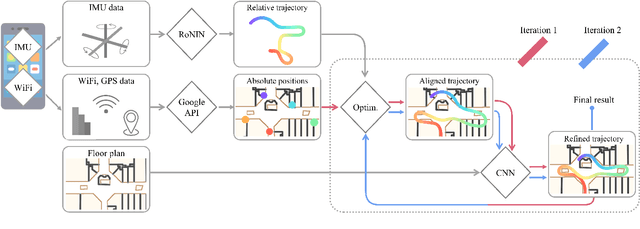

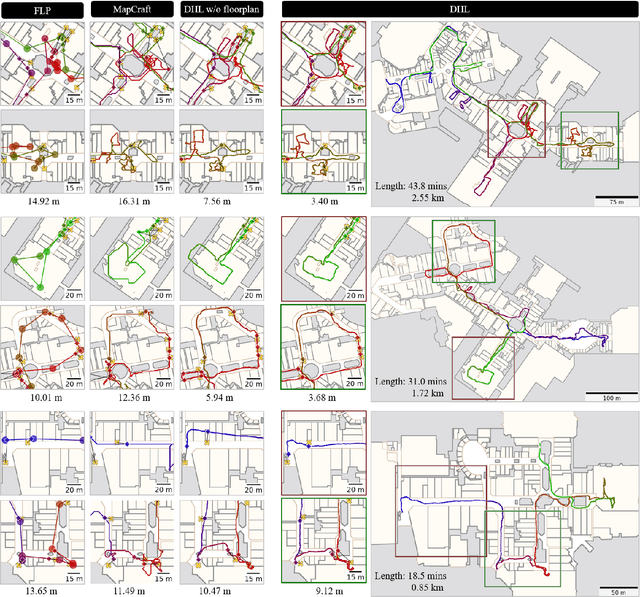

Abstract:The paper proposes a multi-modal sensor fusion algorithm that fuses WiFi, IMU, and floorplan information to infer an accurate and dense location history in indoor environments. The algorithm uses 1) an inertial navigation algorithm to estimate a relative motion trajectory from IMU sensor data; 2) a WiFi-based localization API in industry to obtain positional constraints and geo-localize the trajectory; and 3) a convolutional neural network to refine the location history to be consistent with the floorplan. We have developed a data acquisition app to build a new dataset with WiFi, IMU, and floorplan data with ground-truth positions at 4 university buildings and 3 shopping malls. Our qualitative and quantitative evaluations demonstrate that the proposed system is able to produce twice as accurate and a few orders of magnitude denser location history than the current standard, while requiring minimal additional energy consumption. We will publicly share our code, data and models.
* To be published in ICRA 2021. Code and data: https://github.com/Sachini/Fusion-DHL
 Add to Chrome
Add to Chrome Add to Firefox
Add to Firefox Add to Edge
Add to Edge